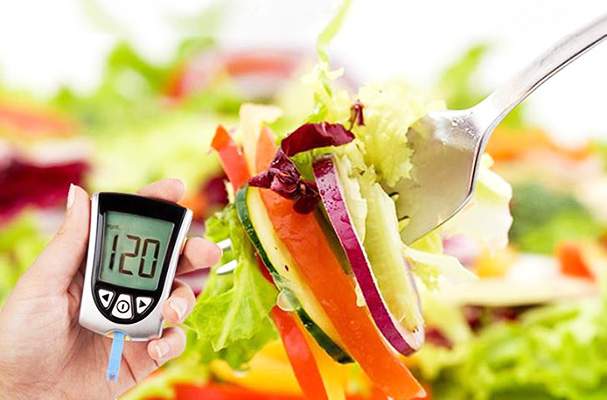Diabetes mellitus or diabetes (DM), is a group of metabolic diseases characterized by high blood sugar levels spanning for a long period of time. Symptoms of the condition include increased hunger, increased thirst, and frequent urination, along with weight gain. If it is left untreated, diabetes can lead to a number of complications, which can be acute or chronic. Acute complications of diabetes include nonketonic hyperosmolar coma and diabetic ketoacidosis. On the other hand, long-term complications include eye damage, foot ulcers, cardiovascular disease, chronic kidney failure, and stroke, among others.
According to Help Guide, preventing and controlling diabetes mellitus does not necessitate living in deprivation. As per the publication, one can still eat a tasty and balanced diet that is set to boost his energy and mood, but it does not mean eating sweets entirely and submit oneself to eating bland diet forever.
One important element of the diabetic diet is eating healthier to improve one’s energy levels, mood, and overall sense of well-being. According to the experts, one can lower his blood sugar levels by losing about five to 10 percent of his body weight, in addition to reducing his cholesterol levels and blood pressure.
In choosing foods for a diabetic diet, the food sources should be packed with fiber and not sugar. Brown rice or wild rice can be opted over white rice while white potatoes can be replaced by yams, cauliflower, sweet potatoes, and winter squash. Whole-wheat pasta can be used in cooking instead of regular pasta while white bread can be replaced by whole-wheat or whole-grain bread. In choosing cereals, it is recommended to select those with high-fiber and low-sugar content over those with high-sugar content. A person should also opt steel-cut or rolled oats instead of instant oatmeal and low-sugar bran flakes should be chosen over cornflakes. Then, peas or leafy greens can be cooked for a light meal instead of corn.
Diet for people with diabetes mellitus does not have to be entirely sugar free, according to Medical News Today. As per the publication, eating regularly should be done to prevent the fluctuation of blood glucose levels when meals are delayed or skipped due to work or long travels; thus, it is advisable for one to bring healthy snacks with him. Instead of eating high-calorie foods, vegetables and fruits can be consumed, rather than those that are sealed in cans, as their have high calorie, sugar, and sodium content. Saturated and trans fats should be reduced, so one can eat poultry and fish without the skin. Grilled preparation is preferred for people with diabetes, rather than fried. Fish are also excellent sources of omega-3, so salmon, sardine, herring, trout, and mackerel may be eaten twice a week or more, if desired. For dairy selections, skim or fat-free milk and low fat (one percent) dairy can be opted versus high fat milk. Also, tomato-based sauce is preferred over cheese and buttered sauce to reduce fat and sodium. It is also important to cut back on salt, since it may increase the possibilities of hypertension. To those people who drink alcohol, it should be done in moderation. As per the publication, women should have no more than a drink per day while men should not drink more than two per day. Commercially-prepared foods for diabetes may not be recommended, since they can be expensive.
Along with the aforementioned diet for a diabetic individual, diabetes mellitus can be managed with proper exercise, adequate rest, and right attitude. Also, it is important to consult one’s doctor for proper medical assessment and health advice.












